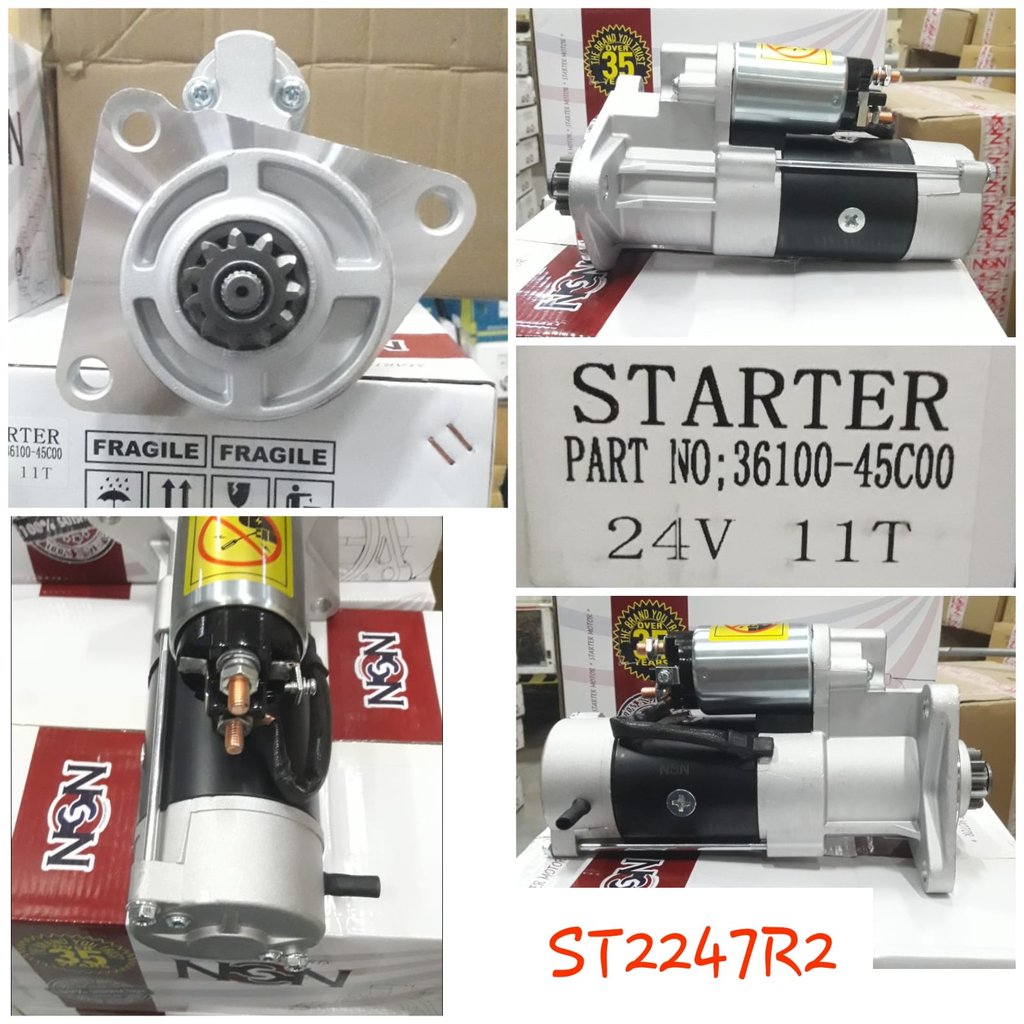There’s something magical about Tungnath, not just because it’s the highest Shiva temple in the world, but because of how effortlessly it connects the physical trek with a spiritual journey. Perched at 12,073 feet in Uttarakhand’s Rudraprayag district, this place isn’t just a trek — it’s an experience that stays with you long after you’ve left.
Still, to truly enjoy Tungnath, timing your visit is everything. Weather in the Himalayas changes fast, and each season brings its own challenges and rewards. Whether you want blooming rhododendrons, snow-covered peaks, or misty forests, your experience will depend entirely on when you decide to go.
Let’s walk through each season so you can plan your trip in the best possible way — without wasting time or energy on guesswork.
Spring (April to June) – The Best and Safest Time to Visit Tungnath
If there’s one season I’d recommend with my eyes closed, it’s spring. From late April to June, Tungnath feels alive. The snow begins to melt, revealing green meadows, vibrant flowers, and streams running alongside the trail. The air smells fresh, the sky stays clear, and the trekking path is perfectly manageable — even for beginners.
The temple itself usually opens in late April or early May, after months of being shut for winter. Devotees and trekkers alike start arriving in Chopta (the trek’s base point), and the whole region buzzes with life. The average daytime temperature hovers around 15°C to 20°C — ideal for long hikes without fatigue. Nights can be cool, around 5°C to 10°C, but that’s easily manageable with a light jacket.
What I love most about spring in Tungnath is the balance — between comfort and adventure, solitude and activity. The rhododendron forests near Chopta are breathtaking in full bloom, painting the landscape red and pink. You’ll also find small mountain cafes serving hot Maggi and tea, a classic Himalayan trekking combo that feels even better when enjoyed with panoramic views of Chaukhamba, Nanda Devi, and Kedar peaks.
Why Spring is the Ideal Season
-
The temple is open.
-
Moderate temperatures and stable weather.
-
Clear, blue skies perfect for photography.
-
Ample accommodation available in Chopta and near the temple.
-
Best time for beginners and families.
If you’re trekking solo or planning with friends, this is the most stress-free time to go. Even local guides and tour companies agree that April to June is the golden window for this trek.
Monsoon (July to September) – Lush Beauty with a Hint of Risk
Now, if you’re someone who loves the smell of rain-soaked forests and doesn’t mind a little unpredictability, monsoon might tempt you. From July to September, the hills turn into a green paradise. Every inch of Chopta Valley glows in fresh shades of green, and the mountain air becomes misty and refreshing.
But here’s the catch — rain in the Himalayas can be tricky. Trails get slippery, visibility can drop, and landslides sometimes affect roads connecting to Chopta. So, if you’re thinking of trekking during this season, you’ll need to stay flexible and well-prepared.
The good part? The crowd disappears. While most people avoid the rains, you’ll get the trail almost to yourself. The temple stays open, and the sound of raindrops mixing with temple bells adds an unmatched serenity to the experience. I’ve trekked here in late August once, and though it was challenging, it was also one of the most peaceful mountain experiences I’ve had.
If you choose this time, make sure you’re trekking with experienced locals or professional guides. Companies like The Searching Souls have solid experience managing monsoon treks safely — they use weather tracking, ensure small group sizes, and always keep alternative plans ready. It’s not about promotion, just an honest suggestion from someone who’s seen how crucial good support can be during unpredictable weather.
What to Expect During Monsoon
-
Trails are slippery; wear waterproof trekking shoes with good grip.
-
Carry ponchos, rain covers, and waterproof bags.
-
Be flexible with timing; landslides can delay travel.
-
Expect limited visibility but surreal greenery.
In short, monsoon offers Tungnath in its most raw and natural form, but it’s not for everyone. Choose it only if you enjoy adventure and don’t mind a bit of rain-soaked uncertainty.
Autumn (October to November) – Golden Landscapes and Clear Views
If you can’t make it in spring, then autumn is your next best season. The rains are gone, the sky turns a deep blue, and the entire landscape transforms into a golden-brown paradise. The weather is stable again, making the trek both safe and scenic.
By October, you’ll find the trails peaceful, with just the right mix of trekkers and devotees. The air feels cleaner, and the visibility of Himalayan peaks is at its sharpest. Sunrises from Chandrashila, the summit above Tungnath, are out of this world — imagine the first light of dawn touching snow peaks that look close enough to touch.
This is also when the autumn festivals add a spiritual vibe to the region. Villagers begin their harvest celebrations, and local dhabas often serve hot food made from fresh seasonal ingredients. Trekking in autumn feels less like an adventure and more like a calm retreat into nature.
Why Autumn Works So Well
-
Post-monsoon clarity and stable weather.
-
Fewer crowds, ideal for peaceful temple visits.
-
Great time for photography and sunrise views.
-
Comfortable trekking temperatures (10°C to 20°C).
The temple usually closes in mid-November, after which the deity is moved to Makkumath for winter worship. So, plan your trip before that if you want to attend rituals and experience the temple in full glory.
Winter (December to March) – The White Wonderland
Then comes winter, when Tungnath wears its purest white robe of snow. The temple closes in mid-November, but trekkers still flock to the area for the snow trek up to Tungnath and Chandrashila.
By December, Chopta itself is blanketed in snow, and temperatures drop below freezing. Trekking becomes challenging but deeply rewarding. Every step through the snow feels like walking through a postcard. The sky stays clear most of the time, and the silence is almost meditative.
If you’ve never experienced snow trekking before, this is your chance. Just make sure to go with proper winter gear — snow boots, insulated gloves, and layered clothing are essential. Local guides or professional trekking groups handle the logistics well. I’ve seen groups from The Searching Souls trek in January , and they maintain excellent safety standards — small groups, proper gear checks, and acclimatization routines.
If you prefer an organized yet authentic experience, I’d personally suggest joining a small group chopta tungnath trek with The Searching Souls. They handle everything — safety, local stays, permits — so you can focus on what matters: soaking in the journey. It never feels like a commercial trip, just a guided hand through one of the Himalayas’ most sacred paths.




Leave a Reply